Did you know that about half the food produced in the world isn’t eaten? In Canada alone, about $49 billion worth of food ends up in landfills or the compost bin every year, according to the National Zero Waste Council. This doesn’t have to be the case, however, and you can do your part by learning how to reuse food scraps and reduce food waste throughout your home. Here are some ideas to get you started.
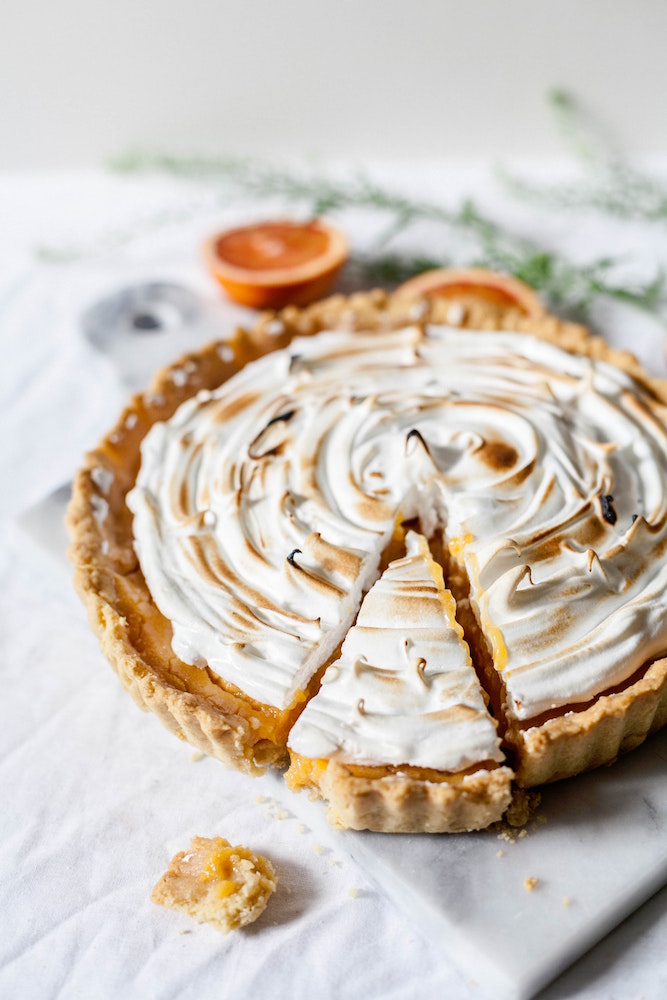
Make New Dishes
If you’re already environmentally conscious enough to do things like using reclaimed wood in your kitchen design, why would you then be wasteful with food? The first step in learning how to reduce food waste is to use food scraps to make completely new dishes. For instance, fry potato skins and season them for a crunchy snack where you can control the salt content. Tomato pulp adds extra flavour to pasta sauces, while the whites from eggs you had to separate can become omelettes or meringues.
Related: 15 Bad Kitchen Habits That Are Affecting Your Health
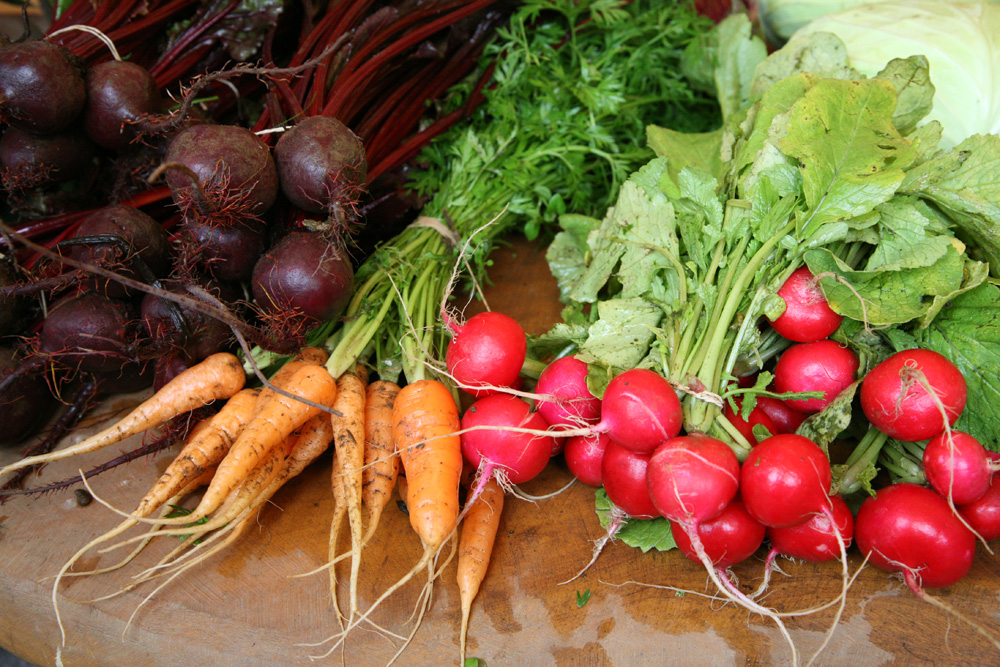
Learn to Cook With Parts You Don’t Normally Consider Edible
Instead of composting those parts you don’t normally consider edible, learn how to cook with them. The tops of carrots, radishes and beets make a brilliant alternative to spinach if you lightly stir-fry them, for example, and you can add onion skins to broths for extra flavour and colour. Speaking of broths, they’re the perfect excuse to use up bones and meat scraps too.
Related: How to Create a DIY Balcony Herb Garden (and Other Balcony Gardening Ideas)
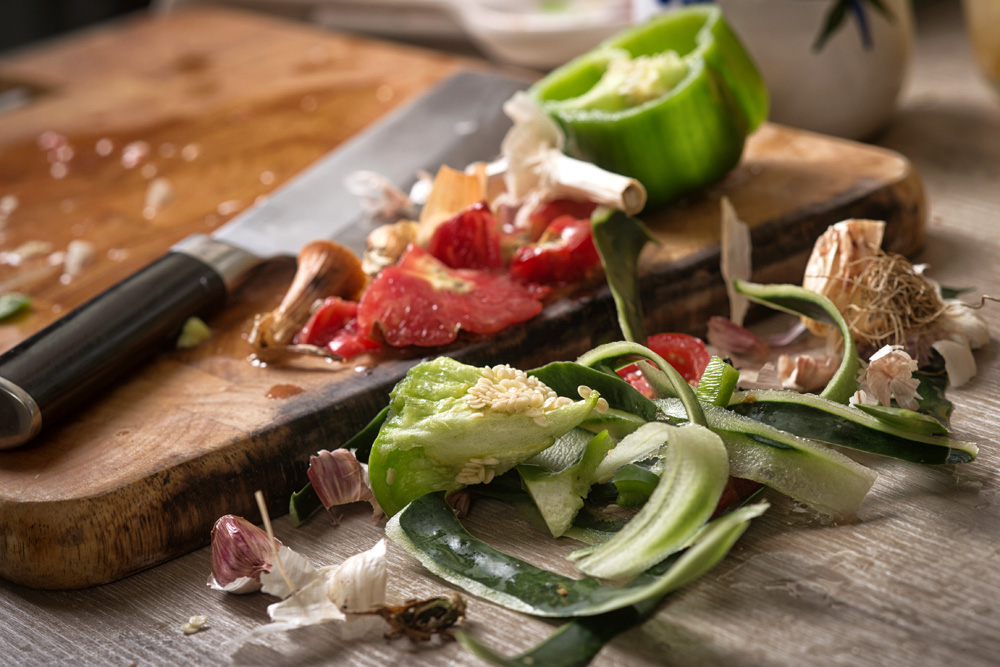
Feed Animals
You can boil up some vegetable scraps, bones and bits of meat (such as chicken innards) to make healthy food for your pup. Just make sure to check that any food you’re thinking of using is safe for animals to eat (veggies like onions, for example, are harmful to dogs). Animals like bunnies, hamsters, chickens and ducks also need greens and other vegetable scraps in their diets. If you don’t have animals yourself, find out if anyone else in your area – like a farmer or an animal shelter – could use food scraps to feed animals.
Related: 20 Plants That Are Poisonous for Children, Cats and Dogs

Grow Your Own
Instead of tossing those pits, seeds, onion tops, pineapple tops, lettuce hearts and potato eyes into the compost bin, why not regrow them? You have a compost bin for gardening purposes, after all. Learn how to regrow onions and other vegetable scraps and seeds and how to grow vegetables all year round. This way, you’ll have fresh veggies that you can harvest in the amounts you need, so you can reduce food waste even more.
Related: Vegetable Garden Planners to Help You Grow All Year Round
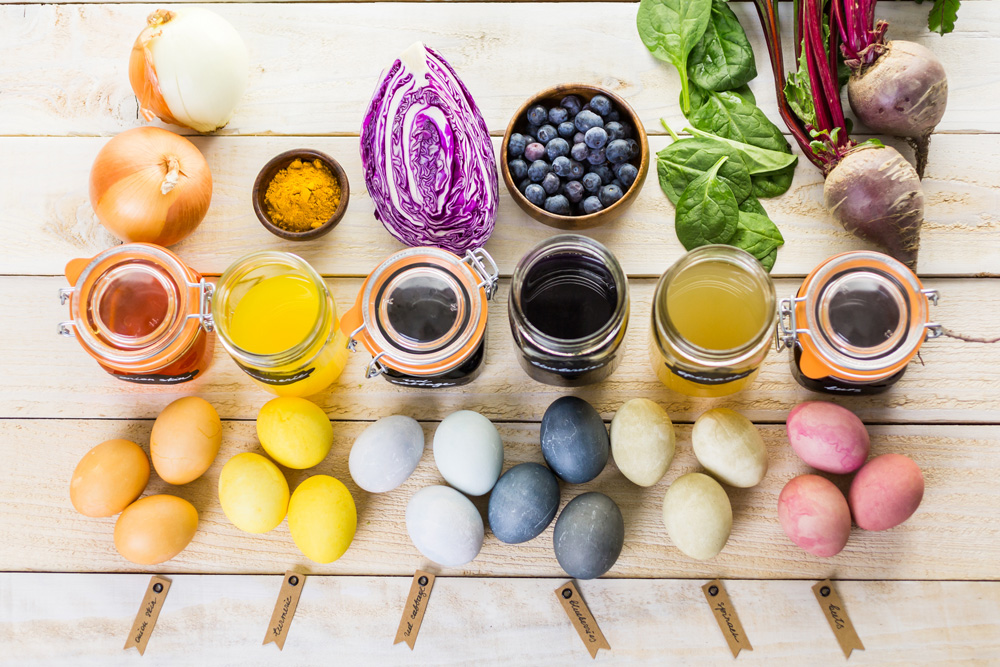
Make Natural Dyes
Do you want to give new life to an old garment or piece of home decor? Or do you want non-toxic ways to decorate Easter eggs or cakes? You can do that with natural dyes made from food scraps. Some of the more obvious veggies and fruits to use in natural dyes include beets, pomegranates, carrots and spinach, while tea and coffee can give you different shades of brown – but did you know that avocado skins and seeds can give you a pink dye, while yellow onion skins can give a gorgeous shade of orange?
Related: How a Fashion-Savvy Designer Dressed Up Her Toronto Condo With Daring Colours and Patterns

Use Citrus for Cleaning
There are many different ways to use lemons for cleaning after you’ve squeezed out the juice you need. For instance, drop half a lemon in the sink when you wash the dishes for powerful degreasing properties. You can also use lemons, oranges and other citrus to clean your microwave in minutes. You’ll also find plenty of recipes online for all-natural cleaners that you can make yourself.
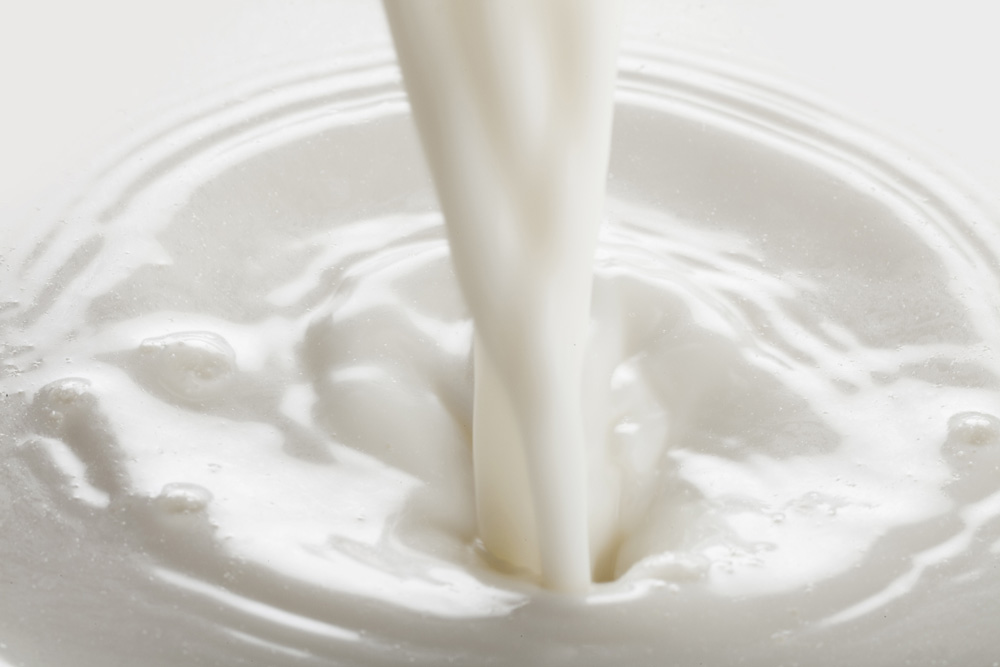
Clean Silverware
You may have heard of using ketchup or toothpaste to clean silverware, but there’s another option that involves putting food waste to use. If you’re not using milk that has gone off in recipes that require sour milk, use it for soaking silverware. Afterwards, rinse the silverware in warm water and appreciate how shiny it is.
Related: 15 Unique Flatware Sets That’ll Be the Talk of Your Next Dinner Party
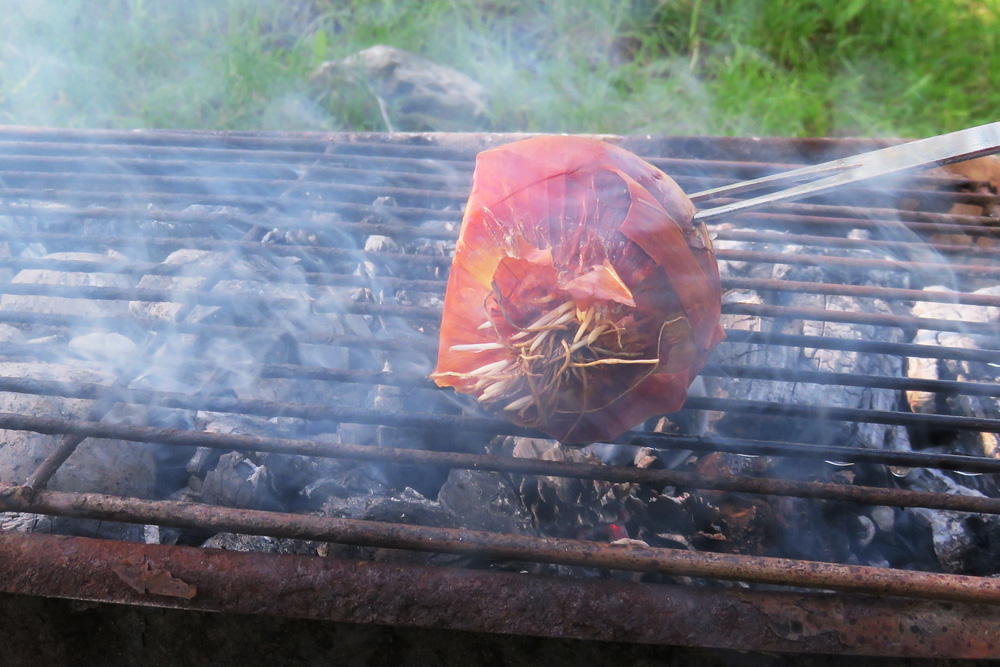
Clean Grills
Some food scraps can come in very handy if you need to clean the grill after the barbecue. Lemon is one option, because of its degreasing properties. Or, you can also rub the grill with a piece of onion to remove gunk and even rust.
Related: Ready to Reach Grill-Master Status? You Need This DIY BBQ Grill Cart in Your Yard (and Life)
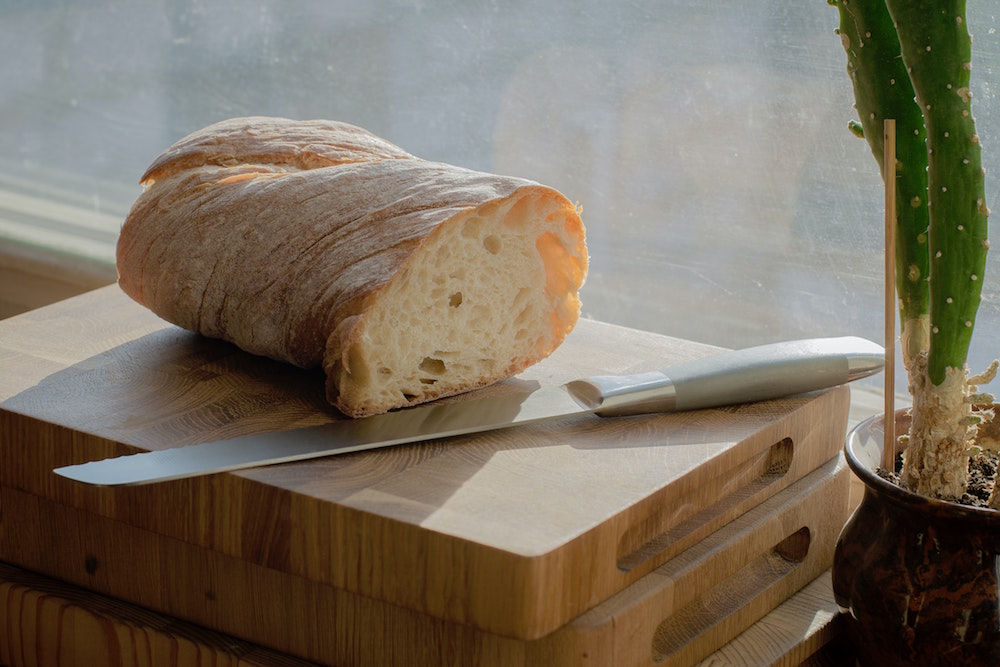
Dust Paintings
Paintings, especially oil paintings, are like magnets for dust – but they can be difficult to clean without damaging them. An unconventional option? Use the doughy part of a piece of stale white bread to pat across the painting and lift off the dust.
Related: Awesome Living Room Wall Art That Makes a Statement: Beyond Paintings and Photos
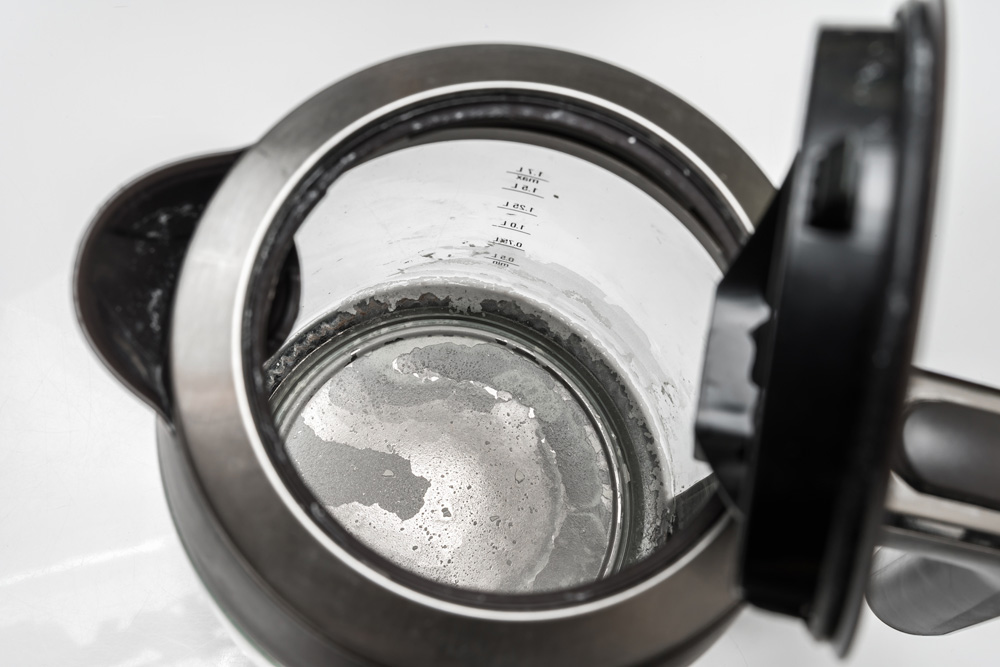
Decalcify Your Kettle
If you use your kettle regularly, sooner or later you’ll notice that the element gets covered in limescale. Instead of using chemicals to decalcify your kettle, you can use the juice of leftover lemon. Squeeze it over the limescale and let it soak for an hour or two. Then, fill the kettle with water up to the minimum line, let it boil and pour out the mixture of boiling water and lemon juice. The limescale will come out too.
Related: From Appliances to Fabrics: How Often Should You Clean These Things in Your Home?
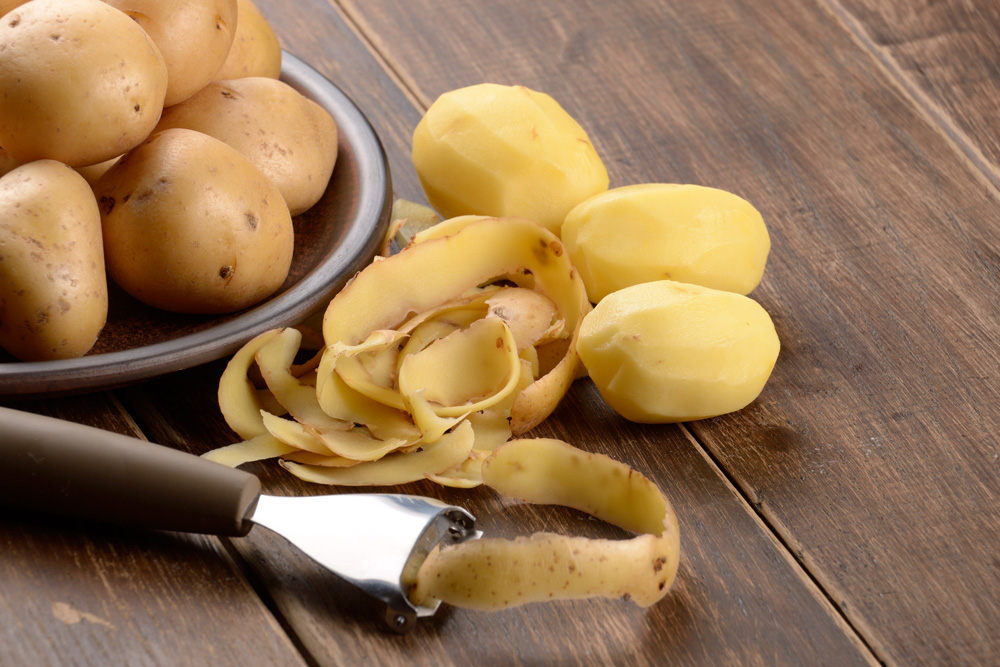
Clean Mirrors and Sinks
If you want sparkly mirrors and sinks, you’ll find a surprising solution in potato skins. Rub the surfaces with the moist side of the potato skin and let it sit for a minute or so. For mirrors, use a soft, dry towel to then polish the surface. For sinks, use a moistened towel instead.
Related: Want to Sleep Inside a Potato? 20 of the Strangest Airbnb Listings in the World

Make Liquid Fertilizer
If you know how to compost, you have a fantastic fertilizer for using in the garden – but it’s a bit of a challenge with container gardening. Many house plants need sporadic feeding, especially if you want them to bloom, and a liquid fertilizer is easy to apply. Search online to find a wide variety of recipes for making your own organic liquid fertilizer using food scraps and water.
Related: How to Create Your Own Rainwater Catcher (and 13 Fun Other Outdoor Projects)

Adjust Soil’s pH Balance
Some plants thrive in soils that are more alkaline, while others prefer more acidic soils. If your soil is too acidic, you can make it more alkaline by adding finely ground eggshells. To make soil less alkaline and more acidic, simply add coffee grounds.
Related: Weird Plant Tips for Your Home and Garden That Actually Work

Make Pest Repellents
Food scraps are cheap natural products to keep pests out of your garden. Slices of cucumber repel ants, for instance, while eggshells keep snails and slugs away. And, if deer are a problem where you live, you can try to keep them away with sour milk.
Related: From Squirrels to Bugs, 15 Natural Repellents for Every Pest Plaguing Canadian Gardens
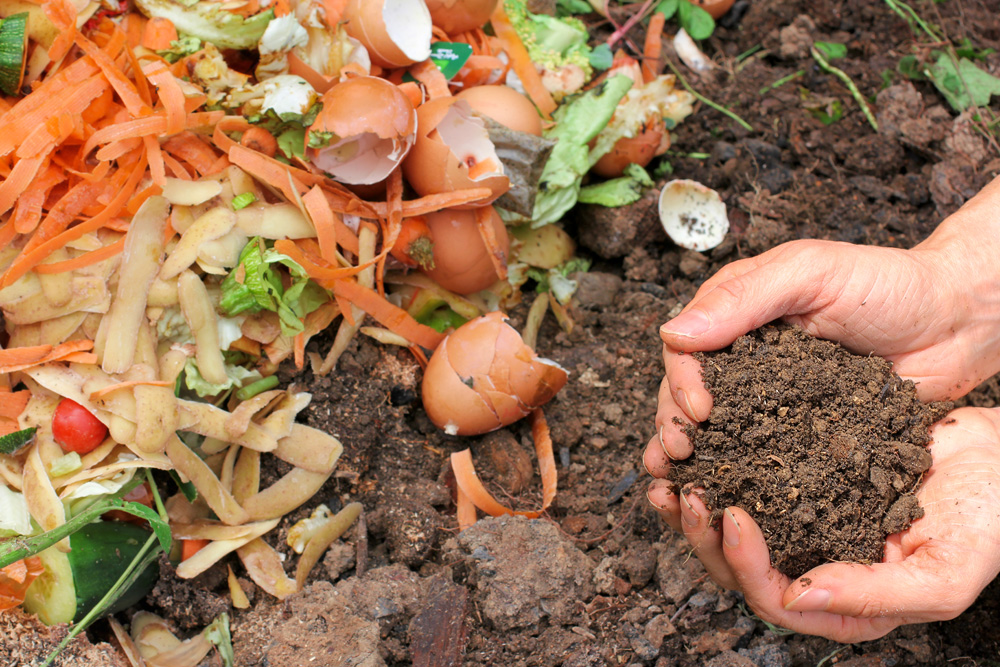
Compost
When you’ve exhausted all other options for using food scraps in different ways in your home, you can send them to the landfill, where they’ll contribute to producing greenhouse gases. Alternatively, you can find out how to compost and make a DIY compost bin. If you can’t use all that compost for your own garden, you’ll definitely find avid gardeners who will be happy to take it off your hands.
Related: Gross Ingredients That are Surprisingly Great for Your Compost
HGTV your inbox.
By clicking "SIGN UP” you agree to receive emails from HGTV and accept Corus' Terms of Use and Corus' Privacy Policy.





